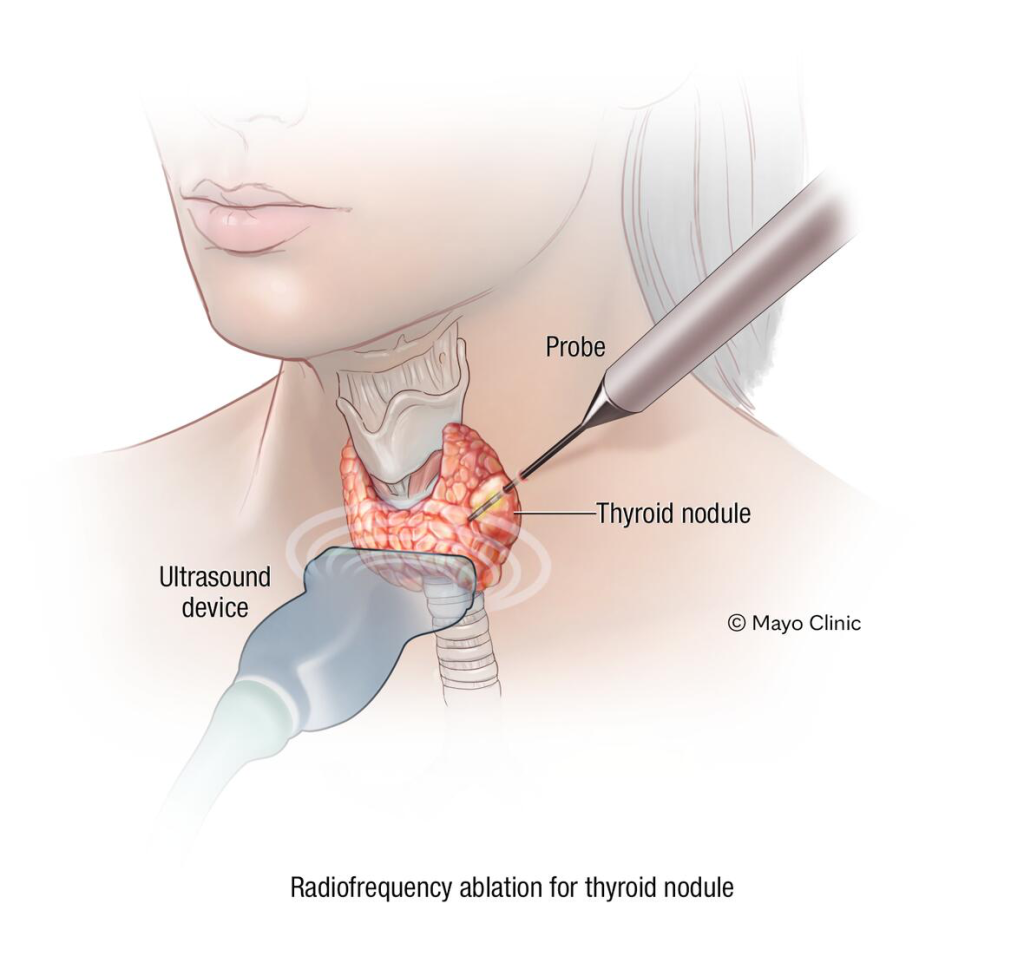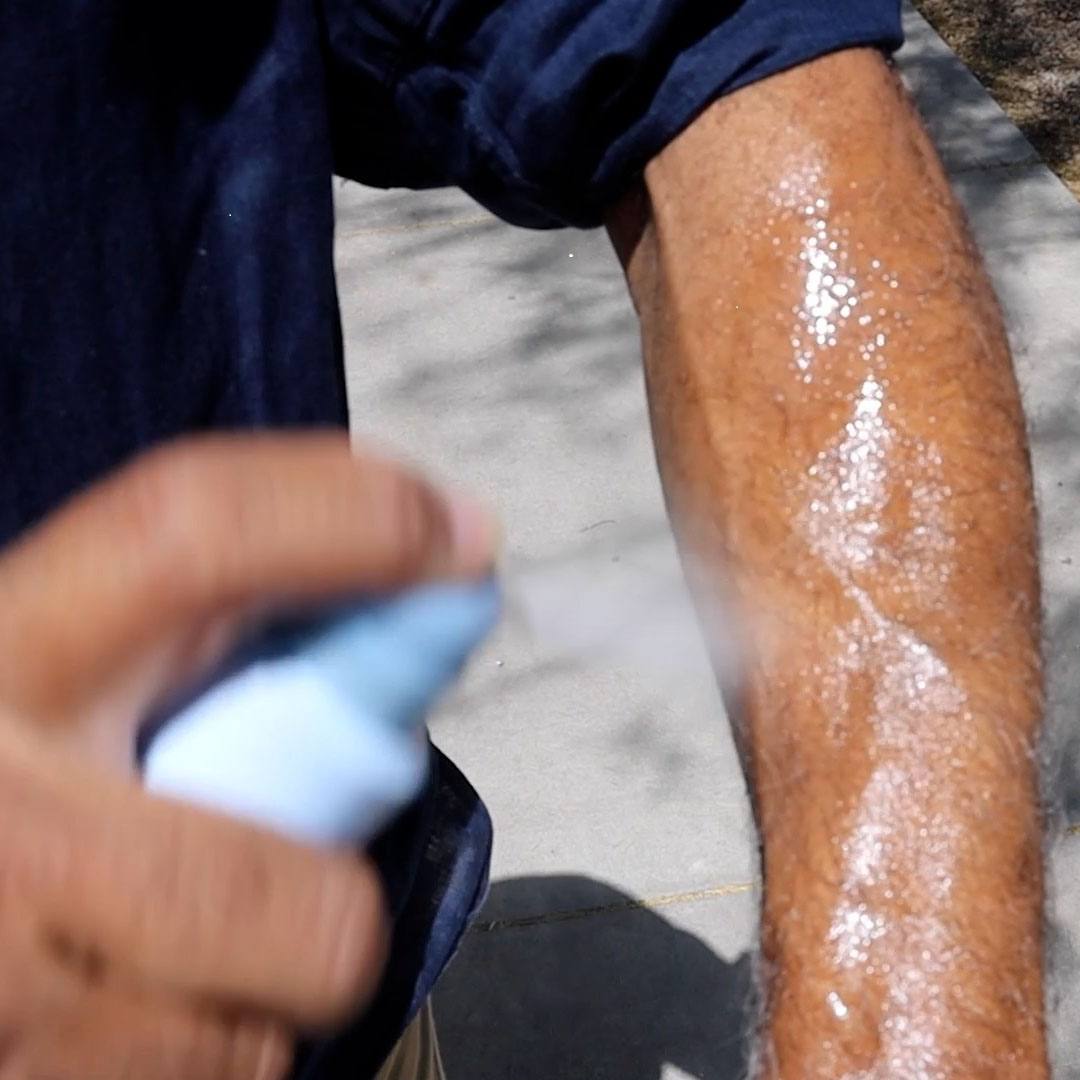Most lumps or nodules in the thyroid, which is a gland in your neck, are not harmful and don't need treatment. But sometimes, they can grow bigger and cause problems like trouble swallowing. In those cases, doctors might need to do surgery to remove them.
There's also a treatment called radiofrequency ablation (RFA), which uses heat to make the nodules smaller. Dr. Marius Stan, a Mayo Clinic endocrinologist, says this nonsurgical treatment for shrinking thyroid nodules offers patients a safe and highly successful procedure. He says Mayo Clinic also is researching how RFA may be used to treat thyroid cancer.
Journalists: Broadcast-quality video (1:10) is in the downloads at the end of this post. Please courtesy: "Mayo Clinic News Network." Read the script.
"Radiofrequency ablation, which many people might simply call an RFA, is a way of targeting a specific part of the thyroid, an abnormal part, by delivering high energy into that specific area of the thyroid and destroying it," says Dr. Stan.
He says patients with enlarged, benign thyroid nodules are good candidates for RFA.
"Patients will have an inch and a half to two inches thyroid nodules in diameter that we think are reaching the point where a problem is present or is likely going to be present," Dr. Stan says.

Radiofrequency ablation (RFA) works by works by using heat to shrink or destroy benign thyroid nodules.
Along with retaining thyroid function, there are other advantages.
"The benefit is that we can do it in the outpatient setting, without the scar on the neck," he says.
Treating thyroid nodules is one application for RFA. Mayo Clinic is one of the leading U.S. institutions to research using RFA for thyroid cancer treatment.
"We hope that this will also be able to destroy a thyroid cancer very specifically, as opposed to a surgical approach that would eliminate part of the thyroid," says Dr. Stan.







